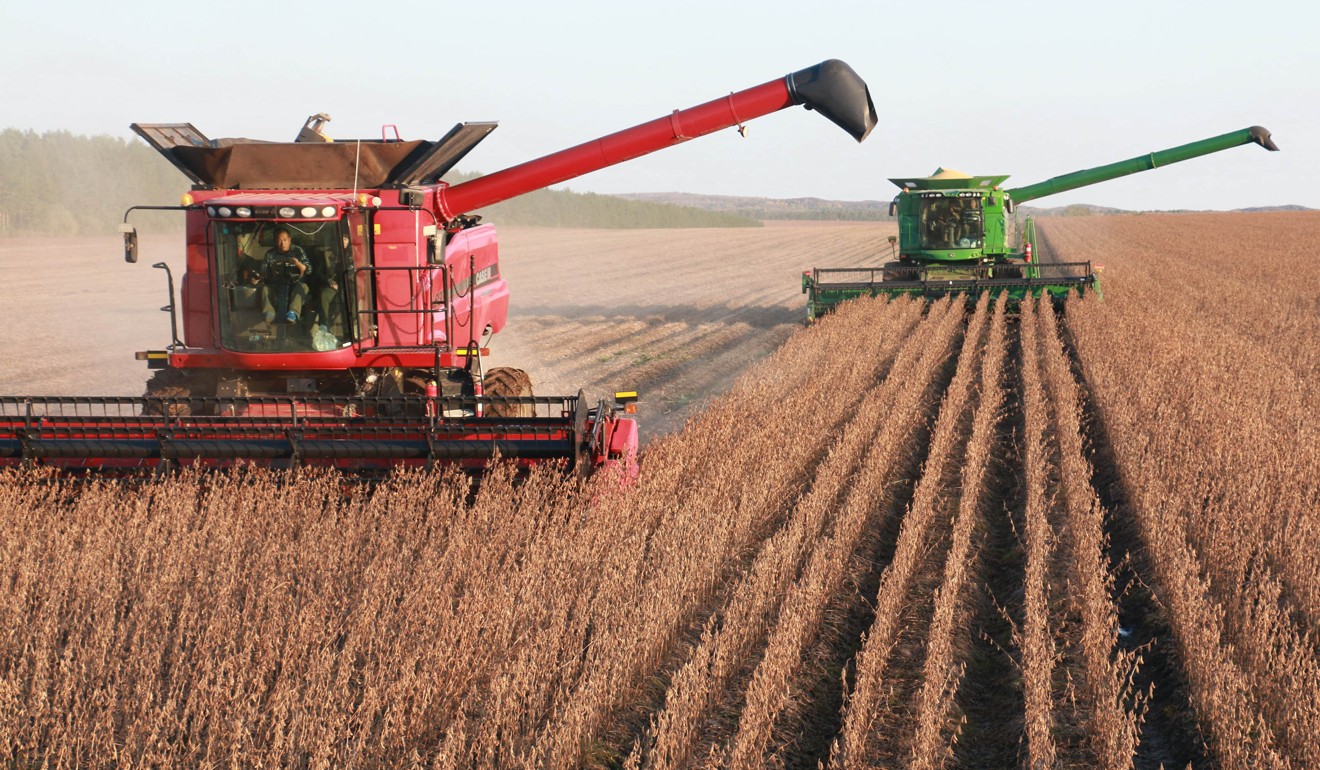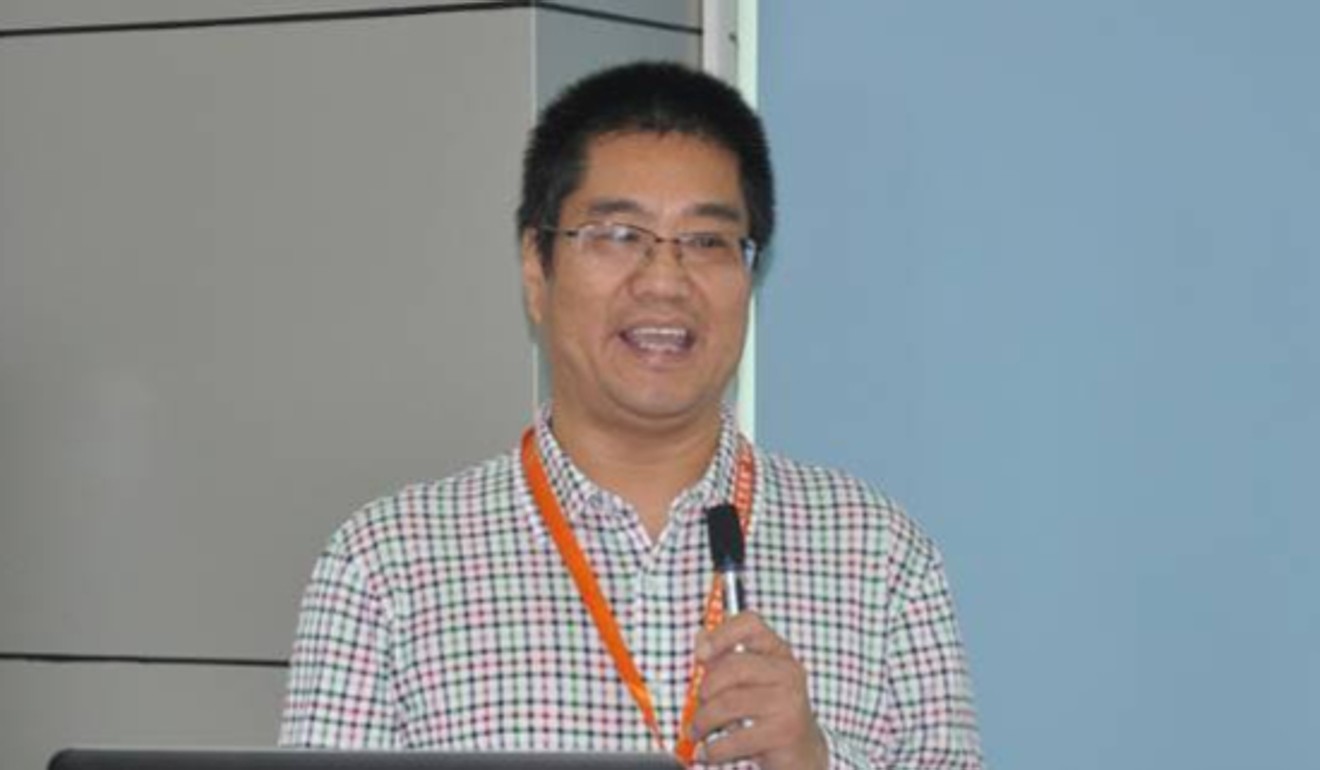
Scientists say China can have pollution-free food security, but is it ready to foot US$14 billion bill?
- Food agency says high cost of replacing coal-fired grain driers with heat pumps will be worth it if China wants its secret network of stockpiles to be sustainable
- Nation’s emergency grain stockpile occupies a vast network of warehouses

They were supposed to be China’s last line of defence against starvation and each one was built to feed the country’s billion-plus people for at least 10 days.
Introduced in the aftermath of the disaster of the Great Leap Forward, China’s emergency grain storage stockpile sits in a vast network of warehouses. Their number and locations are secret, but in November, Central China Television reported that one of them covered about 3 sq km (1.2 square miles).
It is a network that requires constant maintenance in the form of heating and cooling to guard against spoilage.
So far, those processes have been driven by coal, with about 1.7 million tonnes of the fuel burned annually – about as much coal as Iran uses each year.

While accessible and relatively cheap, coal is a major pollutant and researchers have been on a quest to find a replacement.
After a series of pilot studies, they now think they might have a clean and innovative solution – but it will cost about US$14 billion to build.
At first, the government looked at hay and natural gas as alternatives to coal, but hay was in limited supply and natural gas was too costly to import.
Scientists then proposed electric heat pumps, which work like an air conditioner in reverse, sucking heat from the outside and releasing it indoors.
“The results are positive … the technology is now ready for mass application,” Dr Zhang Zhentao, a researcher with the Technical Institute of Physics and Chemistry in Beijing, who joined the programme in 2015, said on Wednesday.
There were problems to overcome. Zhang and his colleagues found that the efficiency of a heat pump dropped along with the outside temperature, and in China’s agricultural northeast, winter temperatures can fall to minus 40 degrees Celsius (minus 40 Fahrenheit).
They solved this by using carbon dioxide to move heat through the pump. Compared to freon, carbon dioxide can absorb heat efficiently, even in extremely cold weather because it freezes at minus 78.5 degrees Celsius.
Industrial driers usually have open tops, and as water vapour goes into the atmosphere, heat is wasted. Zhang and his colleagues decided to pack grain into sealed silos, where waste heat was used to power a condenser that extracted water from the vapour.
The silos also kept the temperature of the pump above zero degrees, which avoided turning the moisture left on the device by humidity into frost.
The scientists estimated that it cost about 36 yuan (US$5) to have a coal-fired drier dehydrate a tonne of corn, but found that a heat pump drier on one of the pilot sites cut that cost by a third.
While some farmers complained that coal drying over-baked and burned grains or reduced their nutritional content, Zhang said the new technology produced the same dry food with higher weight and better quality, which would increase the farmer's income.

At a pilot facility in northeastern Heilongjiang province where 300 tonnes of grain a day were processed, researchers found that corn could be dried at more than 80 degrees while the outside temperature was 30 degrees below zero.
While it was slower than coal-power driers of the same size and cost almost twice as much to build, the government was “very keen” on heat pump technology, an official from the National Food and Strategic Reserves Administration said.
“It’ll take years to recoup the higher cost of initial investment, but in the long term the technology is more sustainable with higher public acceptance,” the official said.
It was not clear when Beijing would go ahead with drier conversions or how many sites might be involved, but Zhang and his colleagues estimated that it could cost China as much as 100 billion yuan.
They said heat pumps could also be used in the food processing and tobacco sectors, and estimated that if all industrial driers in China were to be converted, a 1 trillion yuan industry could be created.
Wang Dianxuan, professor with the National Engineering Laboratory for Grain Further Processing and Food Storage at Henan University of Technology, said drying helped preserve emergency food stocks, but that pest prevention and environmental controls also needed to improve.
“We must take a comprehensive and systematic approach … [emergency food stockpiling] is a complex issue,” he said.